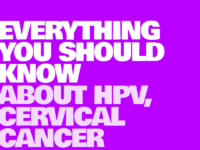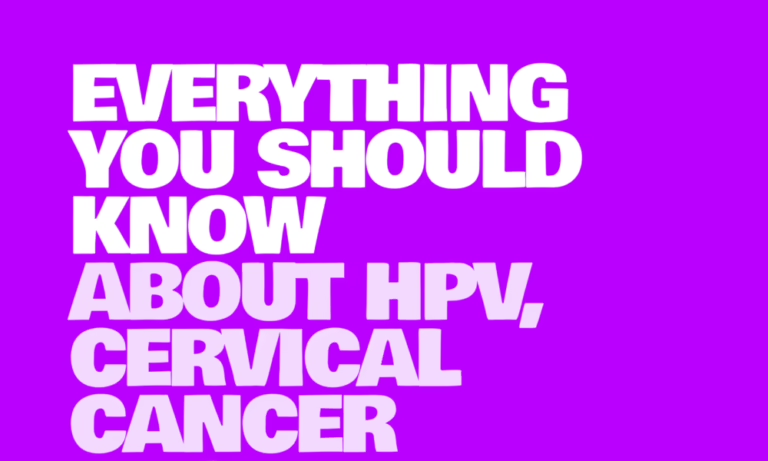vast majority of these cases could be avoided through timely vaccination and consistent screening practices.
At the core of this health issue is the Human Papillomavirus (HPV), a widespread and often symptomless infection that nearly everyone encounters at some stage in life. Fortunately, the immune system clears most infections naturally. The encouraging news is that preventive measures, especially vaccination for girls aged 9 to 14, offer strong protection.
To support parents, educators, guardians, and communities in understanding HPV and cervical cancer, we have compiled this comprehensive FAQ addressing the most pressing questions.
What You Need to Know About HPV
Defining HPV
Human Papillomavirus (HPV) is among the most common viral infections worldwide, encompassing over 200 distinct strains. While many types resolve without causing harm, certain high-risk strains can trigger cellular abnormalities that may progress to cervical cancer and other malignancies.
Who is susceptible to HPV, and how is it transmitted?
HPV can infect anyone and is primarily spread through direct skin-to-skin contact during sexual activity. It is important to note that HPV is not transmitted via shared clothing, towels, or everyday items.
How widespread is HPV?
HPV is extremely prevalent, with approximately 80% of sexually active individuals contracting it at some point. The highest infection rates occur in people under 25, but transmission can happen at any age during sexual contact.
What health issues can HPV cause?
Certain HPV strains lead to genital warts-small, flesh-colored or whitish bumps in the genital region. More concerning are the high-risk types that contribute to nearly all cervical cancer cases, as well as many vaginal, penile, anal, and oropharyngeal cancers.
Understanding Cervical Cancer
What exactly is cervical cancer?
Cervical cancer arises when persistent infection with high-risk HPV strains causes abnormal changes in the cervix’s cellular lining. If these precancerous changes go undetected and untreated, they can develop into invasive cancer over 15 to 20 years, providing a critical window for early intervention.
How common is cervical cancer globally and regionally?
Globally, cervical cancer is the fourth most frequent cancer among women, with around 660,000 new diagnoses and 350,000 deaths reported in 2022. The burden is disproportionately high in low- and middle-income regions, particularly Sub-Saharan Africa. In Nigeria, it is the second most diagnosed cancer in women after breast cancer, accounting for 13,676 new cases in 2022.
Unlike many cancers that affect older adults, cervical cancer often impacts women between 35 and 45 years old. Additionally, women living with HIV face a sixfold increased risk.
What symptoms might indicate HPV infection or cervical cancer?
Most HPV infections are asymptomatic and resolve within 1 to 2 years. Occasionally, genital warts may appear, causing mild itching or discomfort.
Cervical cancer develops gradually and may initially show no symptoms. When symptoms emerge, they can include:
- Unusual bleeding between menstrual cycles, after intercourse, or post-menopause
- Foul-smelling vaginal discharge
- Pelvic, lower back, or leg pain
- Swelling in the legs
- Persistent fatigue and unexplained weight loss
If you experience any of these signs, consulting a healthcare professional promptly is crucial.
Can HPV infection be identified through physical appearance?
No, HPV typically does not produce visible symptoms. Diagnosis requires specific medical tests to detect the virus and determine its type.
Screening and Diagnosis
What tests are available for HPV and cervical cancer detection?
Two primary screening methods are used:
- HPV DNA Test: Identifies the presence of high-risk HPV strains that may cause cervical cell changes.
- Papanicolaou (Pap) Test: Detects abnormal cervical cells that could develop into cancer.
Screening should commence at age 25. Women aged 25 to 65 are advised to undergo an HPV test every five years. If HPV testing is unavailable, a combination of HPV and Pap tests every five years or Pap tests alone every three years is recommended.
Both procedures are brief and performed in clinical settings; while they may cause slight discomfort, they should not be painful.
Preventing HPV and Cervical Cancer
Is prevention possible?
Yes. Vaccination against HPV dramatically lowers the risk of infection from the most dangerous strains and reduces the likelihood of developing genital warts. However, screening remains essential since vaccines do not protect against all HPV types.
Adopting safer sexual practices, such as limiting the number of partners and using barrier methods, alongside regular health check-ups, further decreases risk.
Who is recommended to receive the HPV vaccine?
The World Health Organization advises vaccinating girls between 9 and 14 years old. Many countries also offer vaccination to young women up to age 26, and some include boys and young men. Early vaccination ensures stronger and longer-lasting immunity.
Vaccine Safety and Efficacy
Are there side effects from the HPV vaccine?
Side effects are generally mild and temporary, such as soreness at the injection site, headaches, or low-grade fever, typically resolving within a couple of days.
How safe and effective is the HPV vaccine?
HPV vaccines undergo extensive safety evaluations and ongoing monitoring. They provide over 95% protection against infections from the most harmful HPV types.
Can the vaccine cause HPV infection?
No. The vaccine contains no live virus and cannot cause HPV.
Is vaccination beneficial for those already sexually active?
Yes. Even if exposed to one HPV strain, vaccination can protect against other types.
Does HPV vaccination influence the onset of menstruation?
No. Menstrual cycles begin naturally and are not affected by the vaccine.
Is the vaccine safe for females living with HIV?
Yes, and it is highly recommended. Women with HIV have a significantly higher risk of HPV-related cancers, making vaccination particularly important.
How long does vaccine protection last? Are boosters necessary?
Current data indicate long-lasting immunity, with no booster doses required at this time for those vaccinated since 2006.
Clearing Up Common Confusions
Is HPV the same as HIV?
No. HPV and HIV are distinct viruses with different effects. HIV compromises the immune system, whereas HPV primarily infects skin and mucous membranes, with some types capable of causing cancer.
*** This article has been medically reviewed by Sebeccly Cancer Care.























0 Comments